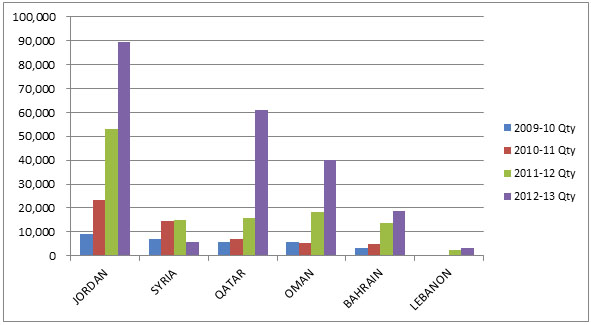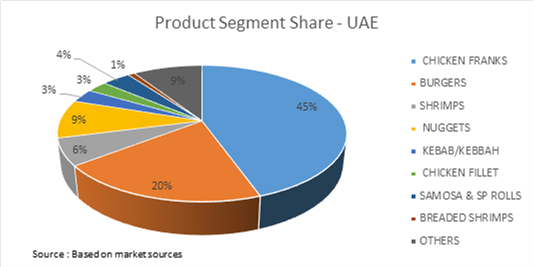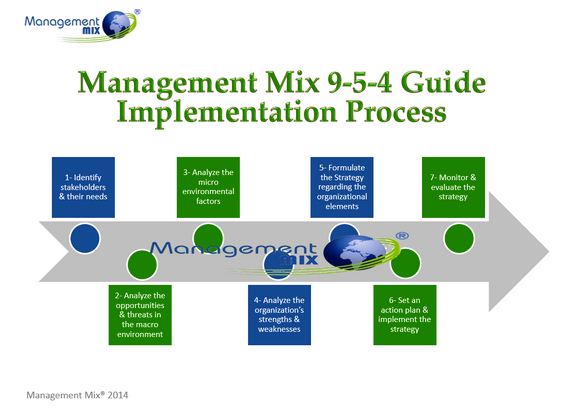- Perception management at workplace holds increasing importance as organizations worldwide are adopting 360 degree feedback and peer review mechanisms, to establish collaborative workplaces.
- Lack of effective perception management can backfire for employees as even positive actions of an employee can be perceived in a completely different (sometimes negative) manner, by peers and management.
- Some suggestions towards building a good perception at workplace include communicating transparently with your seniors,being punctual, driving conversations towards productivity and effectiveness (vs. hours pent), taking initiatives at work, seeking feedback from revered seniors and peers, among others.
Perception management at workplace holds increasing importance as organizations worldwide are adopting 360 degree feedback and peer review mechanisms, to establish collaborative workplaces: With collaboration culture increasing at modern workplaces, organizations value employees who can not only achieve their professional goals but also create and maintain healthy and collaborative work places, and most have instituted 360 degree feedback and peer review mechanisms to assess the cultural fitment of employees. Therefore, being perceived in the right light by peers and management is becoming important than ever for employees worldwide, including the MENA region.
Lack of effective perception management can backfire for employees: An employee might face a lot of challenges if he/she fails to manage perceptions at workplace, so much so that even positive actions of an employee can be perceived in a completely different (sometimes negative) manner, by peers and management. A look at some examples below underlines this point.
Source: Arab Business Review, Askmen.com
As made amply clear by the above examples, the same action can be perceived in different ways by you (the employee) and your peers and seniors. Therefore, it is important to manage perceptions at workplace, and here are some way on how to do it:
Communicate, communicate, communicate! Whether it is your long-term goals, preference for a good work-life balance or an idiosyncratic working style, make sure that you communicate that to your seniors and peers. Let your manager that you mean business and that you are interested in fast growth. Also, let your colleagues know that they can bank on you in crunch situations and during fun times!
❝ Arab Business Review spoke to Amanda Brailsford-Urbina, an HR leader who has worked in the U.S. and Qatar, and she reiterated the importance of communication in managing workplace perceptions. “Frequent and ongoing communication is essential so that understanding can be reached about work-life balance. Due to the diversity of the employee groups, there can be totally different perceptions of what is acceptable. For example, someone coming from a country where professionals only take a few weeks off for childbirth will look at a leave of absence differently than someone from a country where a lengthy maternity and paternity leave is common. Organizational cultures vary as to whether not using holiday/vacation time is something to boast about or something of concern. Some organizations honor holiday/vacation time off and don’t call unless there is an emergency. Other companies believe you are on call 24/7. Also individuals of different generations perceive work-life balance and dedication differently. Colleague and supervisor/subordinate relationships will be enhanced by communication about expectations and wishes for work-life balance”, says Amanda. ❞
Be punctual and drive conversations towards productivity and effectiveness, as opposed to hours spent in office: Being punctual and diligent with your work schedule can go a long way in improving your perception. If you don’t do your hours, or often take breaks for personal work people will notice your absence and that will affect your perception negatively. Also, it is important to drive conversations with you manager towards productivity and effectiveness, and not on hours spent in office.
Seek feedback from respected co-workers and seniors, and bond with the best: Interact and seek feedback from seniors and co-workers who have ‘been there, done that’. This should help you identify areas of improvement and also instances where you might have acted as a cultural misfit. Once you identify your actions invoking negative response, start acting to improve on those.
That said, make sure you are seen interacting and seeking advice from seniors and peers perceived in good light by others. Bonding with the wrong set of people is a sure shot way of driving down your perception at the workplace.
Take initiatives with your seniors in loop: Taking initiatives can help you be perceived as a leader and an out-of-the-box thinker, and is usually important for people looking to assume leadership positions since leading a group requires a combination of knowledge and team work.
A couple of points of caution here: firstly, make sure that your initiative is relevant to your team and organization, else you will be perceived as someone who is interested in attention and not results. Secondly, make sure you have the consent of your manager (or the relevant authority) before publicising your initiative; not doing so can be perceived as a sign of insubordination in traditional set-ups.
Ask your manager to share your successes with others: Your manager can help you improve your perception and build your brand name at workplace. When you complete your tasks successfully, your manager is a happy man. It is at this time you can ask him to share your success with other team members and/or senior management, so that your hard work does not go unnoticed.
Work on important projects (and give them your best!) to enhance visibility: Getting involved in important project gives you more visibility and improves your perception with senior management. Always keep your eyes open get the information regarding important projects, and discuss with your manager on how you can be a part of such projects. Such projects are double-edged swords, so make sure that you give it your best and come out with flying colours, and do not let your manager and peers down.
Avoid using phone/workstation for personal use: Employees who attend unnecessary phone calls at workplace and use their office workstation for personal tasks are likely to attract negative perceptions from peers as well as managers. If you are majorly seen on phone interacting with your near and dear ones then you are perceived as an employee who is wasting his bandwidth on unfruitful task. If some urgent personal task needs your attention for which you need to use official resources you should keep your manager informed.
We hope some of these points will help improve your perceptions at workplace, and would like to hear your thoughts on what else can be done to maintain a perception at work.
The article was originally published at: Arab Business Review
To read more thought-leadership stuff by leaders from Arab Region, please visit Arab Business Review



















